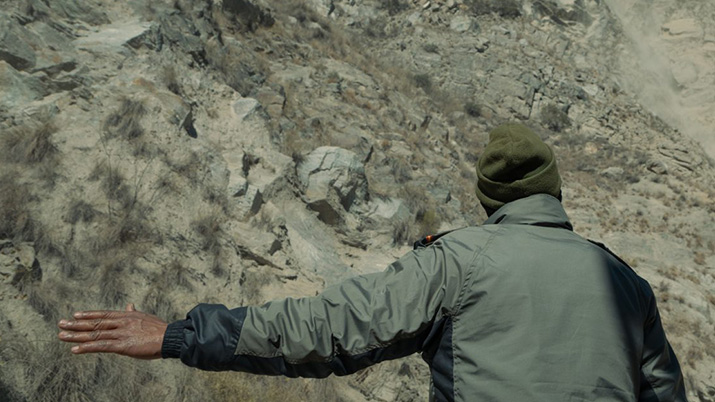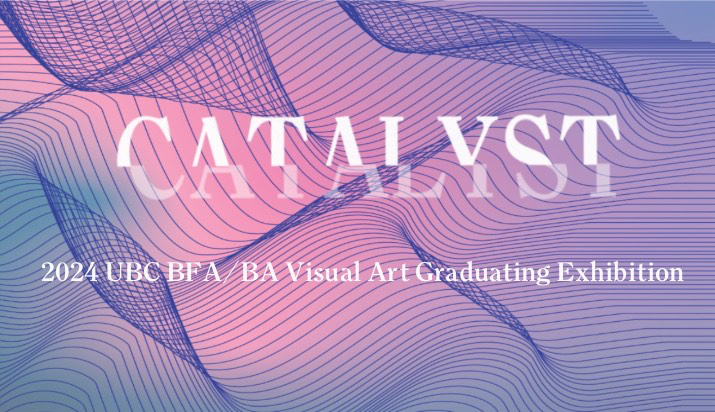Self-institutionalisation can be viewed as a kind of exorcism, a kind of externalisation of this internalised control.
Jakob Jakobsen is a politically engaged visual artist, educator and activist. He was part of the Copenhagen Free University from 2001 to 2007 (copenhagenfreeuniversity.dk), was co-founder of the trade union Young Artworkers (UKK) (ukk.dk) in 2002, and the artist run television station tv-tv in 2004. He was professor at the Funen Art Academy from 2006 to 2012. Recent exhibitions include Billed Politik at Overgaden, Institute of Contemporary Art in Copenhagen (billedpolitik.dk) and This World We Must Leave at Kunsthalle Aarhus in 2010 (thisworldwemustleave.dk) andTrauma 1 – 11: Stories about the Copenhagen Free University and the surrounding society in the last ten years at the Museum of Contemporary Art in Roskilde in 2011 (https://vimeo.com/29529903). Was part of And And And / dOCUMENTA13(andandand.org) with the The Antiuniversity Research Project (antihistory.org) in 2012.
“I began to use the concept of ‘self-institutionalisation’ during 1998 and 1999 in relation to the establishment with Henriette Heise of a project space, Info Centre, in East London. For us this was the start of a series of practical experiments with the construction and use of institutions. Info Centre” was a combined exhibition space, archive and bookshop. The first ‘info sheet’ of the Info Centre stated: ‘We are committed to an understanding of art practice that is not exclusively related to the making of artworks, but also includes the establishing of institutions for the experience and use of art and generally the making of institutions for human life.”
Behind this point of view lay an uneasiness with the then pervasive notion of ‘institutional critique’. What had began life in the 60s as an interesting new political practice and what had reappeared in the late 80s as an ideological critique, had by the late 90s become ossified into a reflex towards, rather than a passionate refusal of, power. The various modes of institutional critique had outlived any critical function and appeared increasingly blind to its social, historical and political context. The moments of revolution and renewal you find with early Conceptual Art and the Situationist International had disappeared. The institutional critique had lost its force as art institutions adapted to these new forms of critique – as capital and its institutions often do. Those practising institutional critique found themselves dependent upon the very historical bourgeois art institutions they were purporting to critique, and that were, anyway, in the process of disappearing in the course of the neoliberal restructuring of public institutions of the 90s. The critique was irredeemably complicit with art institutions as they turned critique into new forms of spectacle. When we write ‘art institution’ we refer to the socio-economic conglomerate of galleries, foundations, museums, institutes, educational facilities, magazines and councils that constitute the basis of the dominating understanding of art in a society. Institutional critique and other anti-institutional practices of the late 90s did not make these institutions more diverse and rich, but instead ensured the consolidation and concentration of power within an ever-narrowing system.”
Jakob Jakobsen, “Self-Institutionalisation,” Art Monthly July-August 2006
As part of the Distinguished Visiting Artist Program, Jakobsen will discuss his ongoing research into the politics of pedagogical systems and their intersection with the conditions of life. As part of his visit, he will be researching the Vancouver Free University that operated here between 1969 and 1974.
“The biopolitical moulding of bodies integrated with a rather crude sorting mechanism determined by economic powers and class is an increasingly transparent and evident worldwide process. What was formerly a part of social reproduction has become an important part of capitalist production and turning it into an expanding site of capitalist accumulation. This is perhaps the main structural change since the institutional landscape of the 1960s. There is nothing surprising to this, but more and more people even within the middleclass are feeling the inherent sorting mechanisms imposed by institutional production of today as they enter the educational system. Franco Basaglia already pointed this out in relation to the treatment of the mentally ill in Italy in the 1960s, in stating that there were two kinds of psychiatry, one for the rich and one for the poor. At the time he rejected any demands for reform, his analysis led to a call for ‘The Destruction of the Mental Hospital as a place for institutionalisation’. Joseph Berke’s analysis of the State sanctioned University leading to the establishment of the Antiuniversity had a similar radicality: “The schools and universities are dead. They must be destroyed and rebuilt in our own terms. These sentiments reflect the growing belief of students and teachers all over Europe and the United States as they strip aside the academic pretensions from their ‘institutions of higher learning’ and see them for what they are – rigid training schools for the operation and expansion of reactionary government, business, and military bureaucracies.”
Jakob Jakobsen, “The pedagogy of negating the institution – Some reflections on the antihospital and the antiuniversity.” 2012.
Weblinks
http://copenhagenfreeuniversity.dk/


